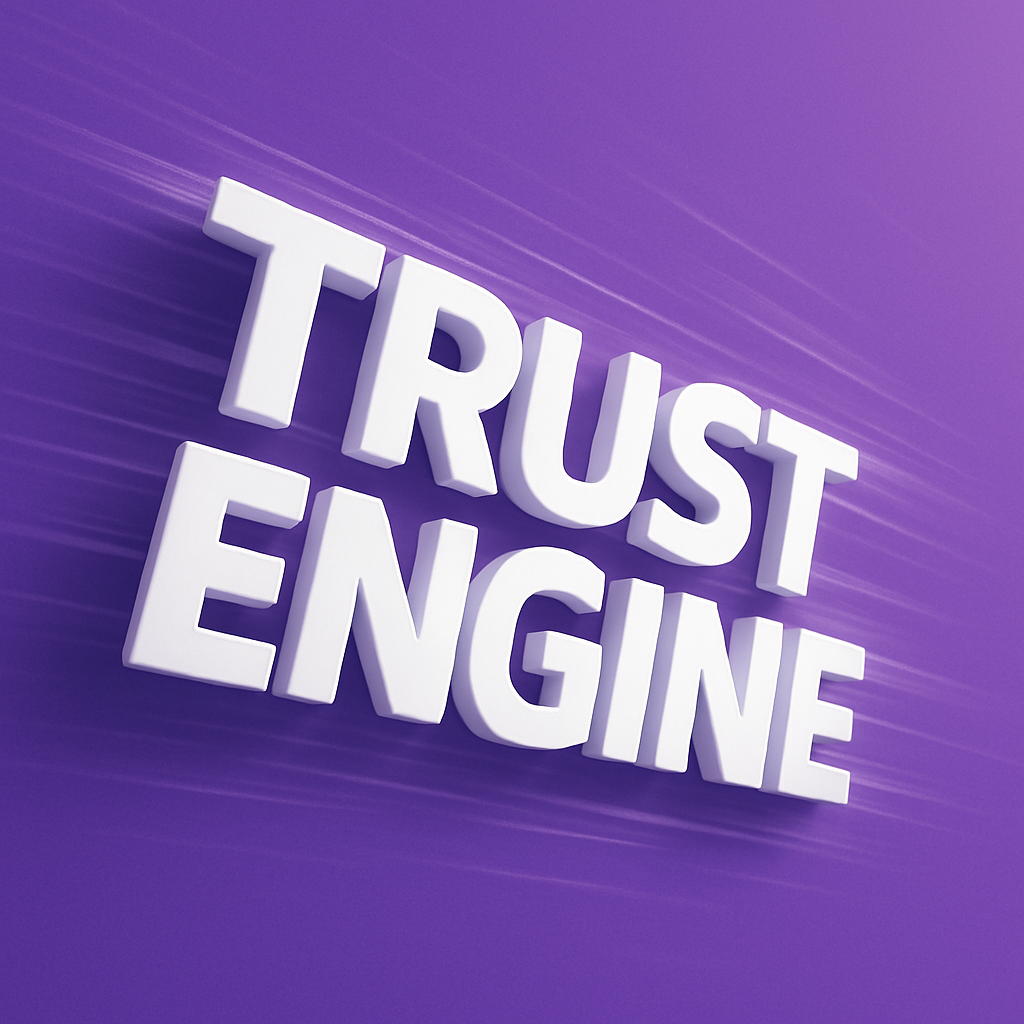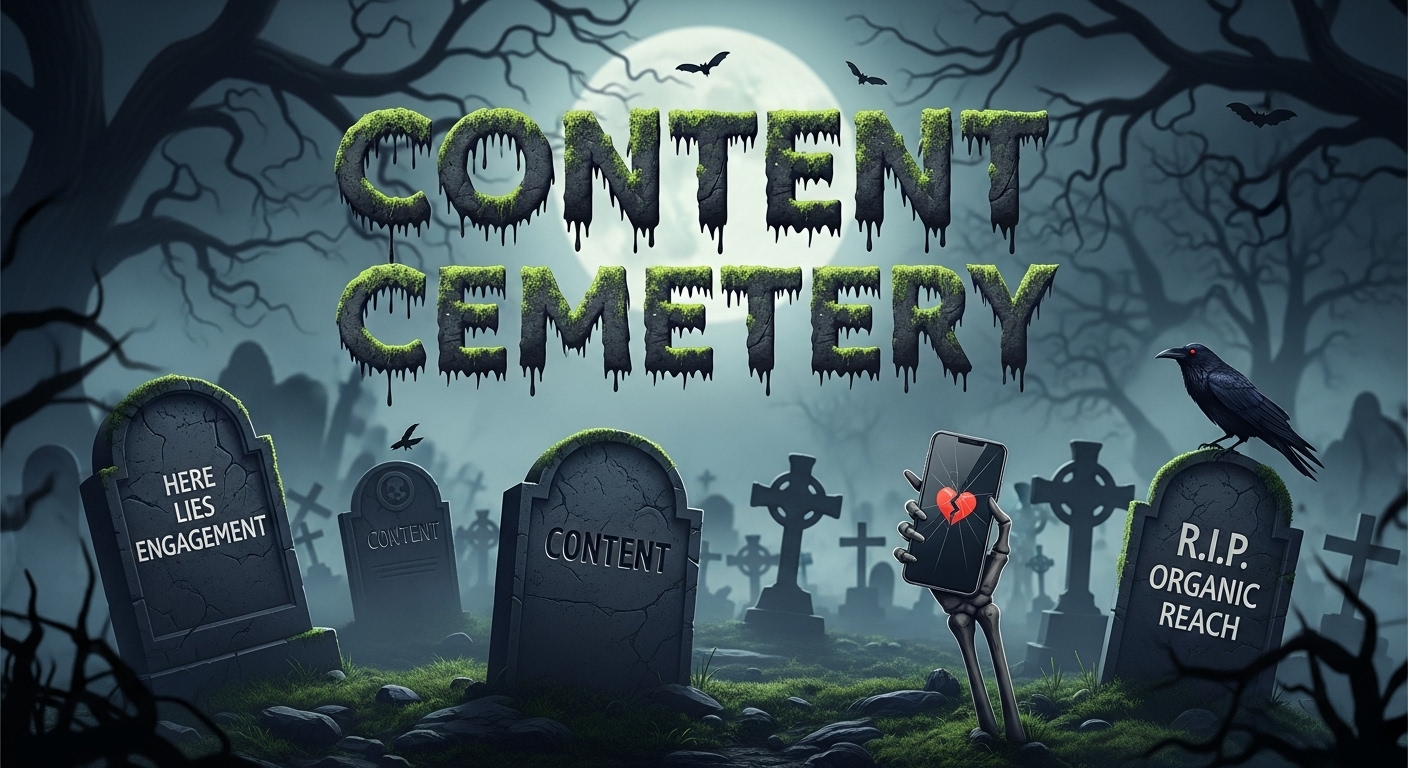
Finding Content’s ‘Missing Middle’ in Customer Journeys

In this post:
-What is the “Missing Middle”?
-The flaw in traditional optimization
-Why focus on the Missing Middle?
-How to uncover the Missing Middle
-How to turn the Missing Middle into something magical
-The role of content intelligence platforms
-The strategic advantage of uncovering the Missing Middle
What is the “Missing Middle”?
Which marketing content truly drives customers towards a purchase? If the guess is the initial piece or the final interaction, it's time to reconsider. Traditional methods of content optimization, which focus primarily on the first or last touch points, often overlook a crucial segment of the customer journey known as the "Missing Middle."
The Missing Middle comprises the interactions and touch points that occur between the initial engagement and the final conversion. This journey segment offers invaluable insights into how content influences and impacts an audience's decisions beyond mere traffic metrics and conversion rates. By understanding the missing middle, marketers can make more informed decisions, leading to quicker and more effective strategies to drive high-value actions.
The Flaw in Traditional Optimization
Traditionally, marketing teams have dedicated their efforts and budgets to enhancing the visibility and impact of the first and last pieces of content a customer interacts with before making a purchase. This approach, stemming from the relative ease of tracking and measuring the effectiveness of these touchpoints through standard web and analytics tools, only provides a partial view of the customer journey, neglecting the rich insights that can be gleaned from the interactions that occur in between.
Why Focus on the Missing Middle?
- The middle funnel represents the consideration phase of the buyer's journey. It's where potential customers, already aware of their needs, embark on a quest for solutions. They sift through options, compare features, and weigh the benefits, seeking alignment with their unique requirements and values. In this critical phase, brands can establish a connection, build trust, and position themselves as the preferred choice—which is why Franklin Parrish created the immortal response of the "Magic Middle."
- Changing Marketing Landscapes: In today's dynamic marketing environment, organizations are increasingly adopting a full-funnel marketing strategy. This approach considers the entire customer journey, emphasizing the interconnectedness of the customer decision-making process and resulting experience. Understanding the missing middle is crucial in this context, as it provides insights into how various content pieces influence customer behavior throughout their journey.
- Opportunities Missed by Surface-Level Metrics: At Knotch, data reveals that for sectors like FinTech, the path from initial engagement to conversion can involve multiple content interactions over an extended period. Content that might seem ineffective based on first or last-touch attribution could actually be playing a critical role in guiding customers towards a conversion. By focusing solely on traditional metrics, marketers may overlook content that could potentially double their conversion rates.
- Complex Buying Processes: Industries with intricate buying cycles – B2B technology, professional services, and high-value consumer goods as examples – stand to benefit significantly from exploring the Missing Middle. These sectors typically require multiple touchpoints to secure a conversion, making it essential to leverage every piece of content effectively.
- Reducing Customer Acquisition Costs (CAC): Understanding the Missing Middle can help marketers allocate their budgets more efficiently, streamline processes, and enhance content promotion strategies, ultimately leading to lower CAC and higher conversion rates.
How to Uncover the Missing Middle
Exploring the Missing Middle requires a strategic approach to data collection and analysis. Marketers should focus on identifying which content pieces are most frequently involved in the journey to conversion, understanding the impact of different referral sources, and analyzing the duration and dynamics of the customer journey. This information can then be used to optimize content and refine marketing strategies.

How to Turn the Missing Middle into something Magical
By understanding all of the assets (content, tools and calls to action) that are playing an important role in the journey, it provides a simple yet powerful opportunity. Get more of your audiences to find these high performing assets through navigation, search and nurture efforts.
The Role of Content Intelligence Platforms
Content intelligence platforms like Knotch play a pivotal role in unlocking the potential of the Missing Middle. These platforms offer the tools needed to track and analyze content performance across all stages of the customer journey, not just the first and last touchpoints. Benefits of using content intelligence include:
- Comprehensive Tracking: Capture and analyze interactions across the entire customer journey.
- Efficient Data Aggregation: Automatically collect and compile data from various sources for easy analysis.
- Real-Time Insights: Access up-to-date information that reflects the latest customer interactions.
- Simplified Analysis: Streamline the process of data analysis, making it easier to derive actionable insights.
Web and Marketing Analytics In addition to specialized content intelligence platforms, traditional web and marketing analytics tools can provide some supplementary data on the Missing Middle. These tools can help identify paths to conversion, average engagement times, and other relevant metrics. However, it's important to remember that these tools often provide a snapshot of data from a specific time period, which may require additional analysis to fully understand long-term trends.
The Strategic Advantage of Understanding the Missing Middle
Realizing and exploring the Missing Middle offers a wealth of opportunities for marketers aiming to refine their strategies and achieve better outcomes. By moving beyond traditional metrics and embracing a more comprehensive analysis of the customer journey, marketers can enhance their understanding of content performance, reduce costs, and drive more effective conversions. Embrace the power of content intelligence with Knotch and start optimizing marketing efforts today.
Become a thought leader
Become a thought leader
Trusted by the largest (and now smartest) brands in the world.
“Before Knotch we did not understand what content was driving business results. Now we understand which content moves the needle. Knotch’s cohesive reporting and insights paint a real picture of what’s happening on our website instead of the patchwork quilt that comes from a Google Analytics approach. With Knotch we have been able to re-prioritize ad spend, route better leads to our SDR team, and inform our content development initiatives.”

"The Knotch platform ensures that we deliver high-performing content tailored to young home shoppers, enhancing their experience and driving better business outcomes.”

"Our partnership with Knotch has been highly successful, empowering us to leverage data-driven insights and refine our content strategy.”









